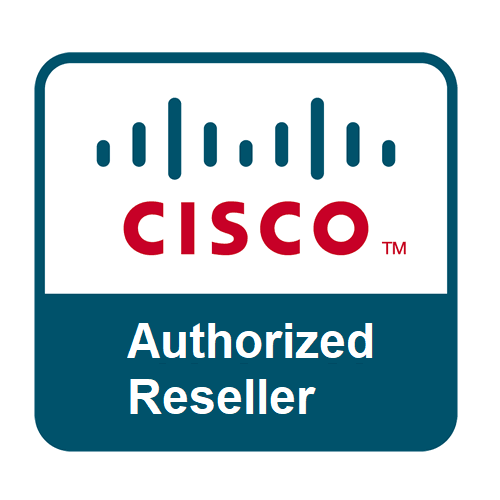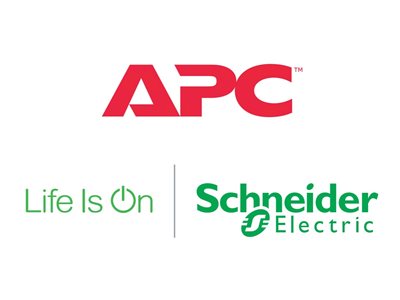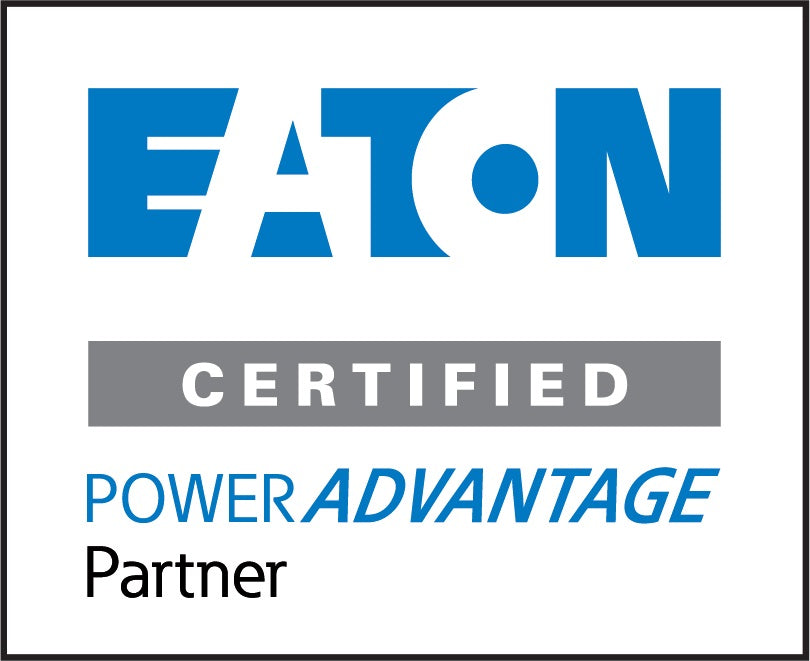Hanging Around: How to Choose the Right TV Mount for Your Office
So, you've decided to elevate your office setup – literally – by mounting a TV. Whether it's for presentations, video conferencing, displaying dashboards, or even just a bit of background entertainment during breaks, a wall-mounted TV can be a game-changer for your workspace. But before you start drilling holes, you need to navigate the world of TV mounts. Choosing the wrong one can lead to a wobbly screen, awkward viewing angles, or even damage to your wall and TV.
Fear not! This guide will walk you through the key considerations to help you select the perfect TV mount for your office needs.
1. Understand Your TV's Specifications:
Before even looking at mounts, gather some crucial information about your television:
- Screen Size and Weight: This is paramount. Every mount has a maximum screen size and weight capacity. Never exceed these limits! Check your TV's manual or the manufacturer's website for this information.
- VESA Pattern: This is the standardized mounting hole pattern on the back of your TV, usually expressed in millimeters (e.g., 200x200mm, 400x400mm). You'll need to ensure the mount you choose is compatible with your TV's VESA pattern.
2. Determine Your Mounting Location and Wall Type:
Where do you plan to mount the TV? And what is the wall made of? These factors significantly influence your mount options:
-
Wall Type:
- Drywall/Sheetrock: This is the most common wall type in offices. For smaller TVs, standard drywall mounts with anchors might suffice. However, for larger or heavier TVs, you'll ideally want to mount into wall studs for maximum stability.
- Wood Studs: The strongest and most secure mounting option. Use a stud finder to locate the wooden beams behind your drywall.
- Concrete/Brick: These require specialized mounts and drilling techniques. If you have these wall types, ensure the mount is designed for them and consider professional installation if you're not comfortable with the process.
- Metal Studs: Less common in office buildings but require specific metal stud mounts.
- Viewing Angle and Distance: Consider where people will be sitting or standing in relation to the TV. This will help you determine the ideal height and whether you need a mount with adjustability.
3. Explore the Different Types of TV Mounts:
Now that you have the basic information, let's look at the common types of TV mounts:
- Fixed Mounts (Low Profile): These are the simplest and most low-profile option. The TV sits close to the wall, offering a clean and streamlined look. They are ideal when the viewing angle is fixed and you don't need to tilt or swivel the screen.
- Tilting Mounts: These allow you to tilt the TV vertically, typically downwards. This can be helpful for reducing glare from overhead lights or improving the viewing angle when the TV is mounted higher up.
- Full-Motion Mounts (Articulating): These are the most versatile option. They allow you to extend, tilt, and swivel the TV in multiple directions. This is ideal for offices where viewing angles may vary, or if you need to access the back of the TV for cable management.
- Ceiling Mounts: Used for hanging TVs from the ceiling, often in areas with limited wall space or for digital signage purposes. Ensure your ceiling structure can support the weight.
- Desktop/Monitor Mounts: While not strictly "TV mounts," these are relevant for smaller displays used as secondary monitors or for presentations on a desk.
4. Consider Your Office Needs and Functionality:
Think about how the TV will be used in your office:
- Presentations: A tilting or full-motion mount might be beneficial to adjust the angle for everyone in the room.
- Video Conferencing: Consider the camera placement and ensure the mount allows for an optimal viewing angle for remote participants.
- Digital Signage: A fixed mount might be sufficient if the display is in a high-traffic area with consistent viewing angles.
- Break Rooms/Common Areas: A full-motion mount could allow for flexible viewing from different seating positions.
5. Don't Forget About Cable Management:
A wall-mounted TV looks much cleaner without a tangle of wires dangling down. Consider mounts that offer built-in cable management channels or plan to use separate cable concealers to hide the cords.
6. Budget:
TV mounts range in price depending on their type, features, and build quality. Determine your budget beforehand and compare options within that range. Remember that a sturdy and reliable mount is a worthwhile investment to protect your TV and ensure safety.
7. Installation:
Depending on your DIY skills and the complexity of the mount and wall type, you might consider professional installation. This is especially recommended for larger TVs, concrete/brick walls, or if you're uncomfortable drilling and mounting.
Key Questions to Ask Yourself Before Buying:
- What is the exact model and weight of my TV?
- What is the VESA pattern on the back of my TV?
- What type of wall am I mounting to? Have I located the studs?
- What is the primary purpose of the TV in the office?
- Do I need to tilt, swivel, or extend the TV?
- What is my budget for the mount?
- Am I comfortable with DIY installation, or should I hire a professional?
By carefully considering these factors, you can confidently choose the right TV mount for your office, ensuring a secure, functional, and aesthetically pleasing setup that enhances your workspace. Happy mounting!







